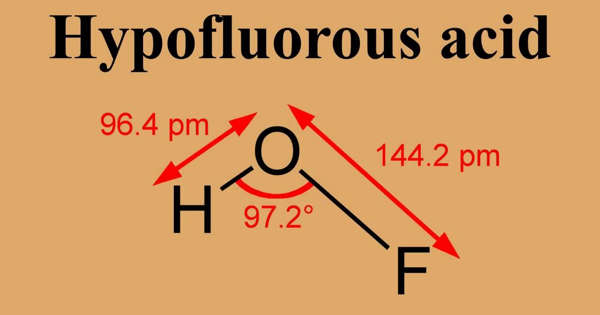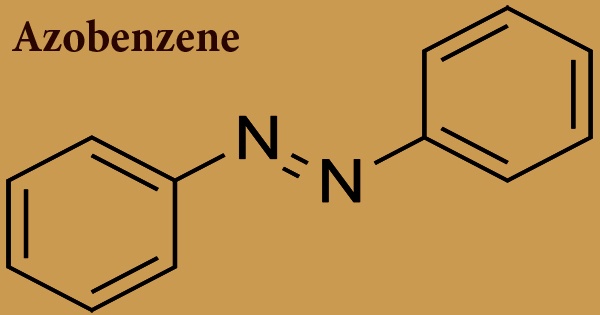Peptides are short chains of amino acids that are linked together by peptide bonds. Its can range in size from just a few amino acids to several dozen, and they can have a wide range of biological functions. Peptides can be naturally occurring or synthetic, and they are used in a variety of applications.
It has been discovered by a group of chemists at MIT that employing peptides rather than DNA fragments to tag tiny molecules helps hasten the drug discovery process. Their research is published in the journal Science.
Drug research and development is typically a time-consuming and expensive procedure. Chemists frequently start by exposing proteins with known features to a lot of different small compounds in the hopes of finding one that binds strongly.
This procedure includes labeling the tiny molecules in advance so that they may be recognized after binding. Typically, this has involved using short fragments of DNA.
However, the drawback of utilizing DNA is its sensitivity and incompatibility with particular catalysts and chemicals. The goal of this new effort was to create a substitute tag that would speed up the process of discovering new medications.
Peptides were investigated in the researchers’ search since they are known to be helpful in a wider range of circumstances. They also discovered that mass spectrometry allowed them to accelerate the decoding procedure.
To use peptides as tags, the chemists first immobilized the small molecule under study using a resin. This created a link between the small molecule and an amino acid. Reactions were then performed iteratively.
To create a library, the resin was cut into smaller portions, with each treated differently. The resin was mixed and split once again to make room for the subsequent run when the reactions were finished.
This method made it possible to test lots of tiny chemicals considerably more quickly than is currently possible when DNA tags are used. The researchers utilized a mass spectrometer to find potential candidates, and then software was employed to translate the spectra into a distinctive peptide sequence. The team also wrote a Python program to process the data.
The researchers point out that switching from DNA tags to peptide tags not only speeds up the process of discovering novel medications but also enables the creation of longer tag strings. There can only be four letters in DNA. Peptides, on the other hand, allow for 16.
















